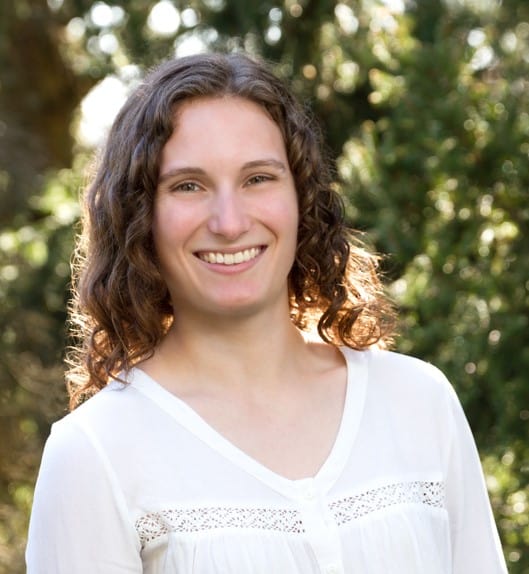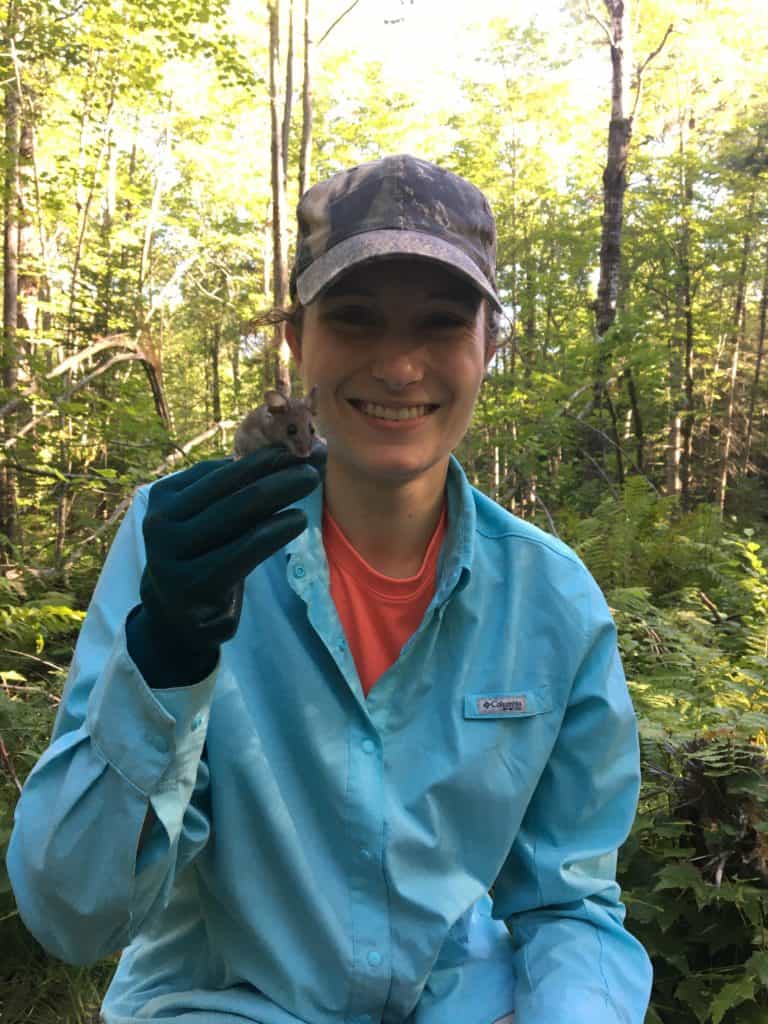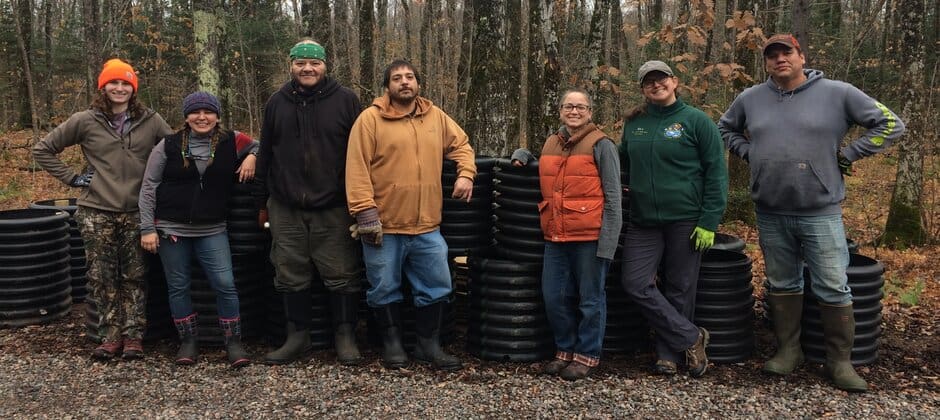Share this article
Wildlife Vocalizations: Ally Scott
Wildlife Vocalizations is a collection of short personal perspectives from people in the field of wildlife sciences.
Wildlife professionals must increasingly acknowledge and seek partnerships with Indigenous communities. We all live on someone’s ancestral homeland, and likewise, all wildlife research and management happens there, too. This reality means that all wildlife professionals can and should seek out, listen to and incorporate tribal perspectives into their work. Unfortunately, many wildlife professionals do not receive any training for working with tribes. Further, the education we receive in wildlife research and management disproportionately reflects very recent and Euro-American perspectives and experiences. These limitations leave many wildlife professionals unprepared to develop meaningful partnerships with Indigenous communities.

Ally Scott is a recent graduate of the University of Wisconsin-Madison with a master of science in wildlife ecology. Credit: Jud Froelich
My undergraduate and graduate wildlife degree programs involved no formal training for working with Indigenous peoples or learning about tribal perspectives. However, for my master’s thesis, I studied small mammal population dynamics in northern Wisconsin to support regional recovery efforts for Waabizheshi (American marten (Martes americana)), an endangered Ojibwe clan animal. Because my project involved substantial collaboration with the Great Lakes Indian Fish and Wildlife Commission, I worked with my committee to create a formal cross-cultural thesis component. This component was one of the most rewarding and important parts of my degree. I participated in community events hosted by Ojibwe tribes, attended professional meetings of tribal elders and government wildlife officials, and worked alongside people of Ojibwe background during fieldwork. I also developed a partnership with the Mashkisibi Boys and Girls Club. The elementary school students and I regularly shared our perspectives on culture and ecology through games and learning activities. We also wrote and illustrated a children’s book, “Waabizheshi’s Journey,” about the ecology and cultural importance of Ojibwe clan animals. These experiences caused me to reflect on my own cultural perspectives and gave me a deeper understanding of the context and significance of my research. I also learned about ways to be an ally to Indigenous communities as both a neighbor and as a wildlife professional.

Scott holds a deer mouse while performing small mammal surveys in northern Wisconsin for her master’s degree. She studied how timber harvest and seasonal change influence small mammal population dynamics. Credit: Preston Marshall Thompson
My experience overwhelmingly indicated that members of Indigenous communities are excited for others to have an interest in learning about their culture and perspectives. Yet far too often, tribal topics are treated as history with little modern relevance. We, as wildlife professionals, have the power to help change that. Developing partnerships with Indigenous communities in research, management and education of the next generation of wildlife professionals will create a more vibrant future for people and wildlife alike. I encourage you to actively seek opportunities to meet your tribal neighbors, to learn how to serve as an ally as they implement their treaty rights and traditional practices, and to start conversations about ways you can work together toward shared goals for wildlife and their habitats.
Learn more about Wildlife Vocalizations, and read other contributions.
Submit your story for Wildlife Vocalizations or nominate your peers and colleagues to encourage them to share their story.
For questions, please contact Jamila Blake.
Header Image: Scott (left) and members of the Great Lakes Indian Fish and Wildlife Commission prepare to move trapping equipment into a study site in northern Wisconsin during her master's research. The equipment was used to build structures that allowed Scott to effectively live trap small mammals in winter beneath snow cover and in extreme cold. Credit: Abi Fergus








